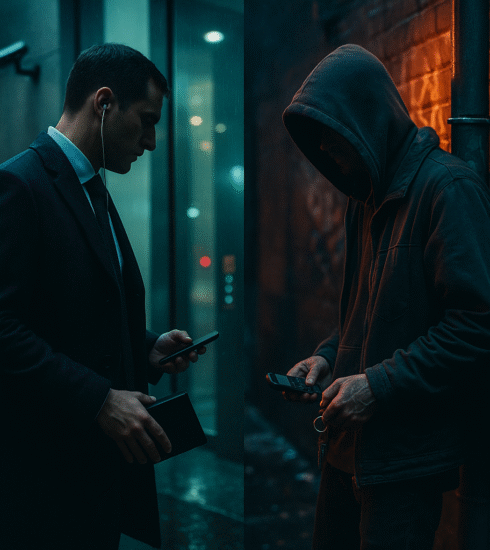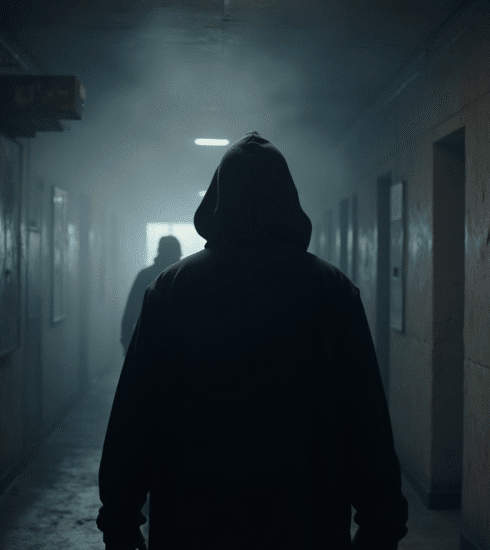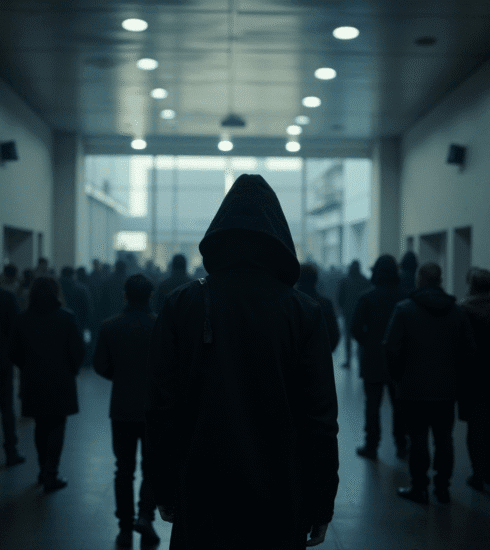How To Tell If You Are Being Followed On Foot
You are walking home and a subtle shift in the environment triggers your awareness. This is not paranoia but a trained recognition of anomaly. The same person has been in your peripheral vision for three turns. Their pace subtly matches yours, a telltale sign of possible surveillance. Confirming your suspicion requires a methodical process of observation and verification. Learning how to tell if you are being followed on foot is a fundamental skill for personal security. It relies on understanding baseline behavior and identifying deviations from it. Your goal is not confrontation but confirmation and safe resolution.
The individual who intends you harm must close the distance. Your primary advantage is the time between their approach and their arrival. Use that time to verify, plan, and act. Do not wait until they are within arm’s reach.
Establishing Your Personal Baseline First
Before you can spot anomalies in others, you must first understand your own normal. Your baseline is the regular pattern of your movement and the environment you are in. A crowded city street has a different normal than a quiet suburban road. Your awareness must be calibrated to the context you occupy.
Pay attention to the standard flow of pedestrian traffic around you. Notice the common directions people travel and their average walking speeds. Observe the typical dress and behavior for the area and time of day. This mental map of ordinary activity is your essential reference point.
Any potential threat will manifest as a deviation from this established baseline. Without this foundation, you will either see threats everywhere or miss them entirely. Your awareness must be objective and grounded in observable reality, not fear or assumption.
The Critical Difference Between Seeing and Observing
Seeing is a passive biological function, but observing is an active intellectual process. You see the man in the blue jacket. You observe that his jacket is too heavy for the weather. You see the woman window shopping. You observe that her reflection is not looking at the displays but is focused directly on you.
This skill requires you to break the habit of passive scanning. You must consciously note details and file them away for later correlation. Make a mental note of footwear, headwear, and the way a person carries their weight. These are difficult items to change quickly during a foot pursuit.
Do not just look at people. Look at their entire picture, their relationship to the environment, and their apparent intent. An observer will note the same face in multiple locations. A person who sees will only register a series of unfamiliar faces without connection.
Your most valuable tool is a reflective surface. A store window, a car mirror, or a smartphone screen allows you to observe behind you without signaling your suspicion. Use it to monitor someone’s approach while maintaining your forward movement and calm demeanor.
Executing Simple Verification Maneuvers Without Alerting
If you suspect a follower, you must verify your hypothesis without escalating the situation. The simplest method is to change your pace. Slow your walk significantly, perhaps to look in a window. A follower will be forced to either slow their pace dramatically or pass you.
Another effective technique is the abrupt about face. Turn around and walk directly back the way you came as if you forgot something. This forces the individual to react to your unexpected movement. Their reaction will often reveal their intent through hesitation or a panicked turn.
You can also make four consecutive right or left turns, effectively circling a city block. This route serves no logical purpose for a genuine pedestrian. If the same person remains behind you after completing the circle, you have strong confirmation of surveillance.
Always execute these maneuvers in a safe and public area with plenty of visibility. The goal is to gather information, not to lure a potential threat into a confrontation. Your actions should appear natural and unremarkable to any casual observer.
Interpreting the Results of Your Verification Steps
A professional will recognize your verification maneuver and may break off entirely. An inexperienced individual may panic and make their following obvious. Either outcome is a success for you, as it provides the confirmation you need to take further action.
Note if the person uses a communication device immediately after your turn. They may be reporting your change in direction to another team member. This is a strong indicator of a coordinated effort rather than a random opportunistic threat.
Do not dismiss your initial suspicion if the person vanishes after your first verification step. They may have passed you off to another follower you have not yet identified. The absence of the original suspect is not an all clear. It is a reason to heighten your awareness for a new face.
Moving From Confirmation to a Safe Resolution
Once you have confirmed you are being followed, your objective shifts to safety. Do not go home. Do not lead them to your car or your place of work. Your new destination is a place of safety with people and authority.
The best option is a police station, a firehouse, or a hospital emergency room. These locations have cameras, official personnel, and are known safe havens. Walk directly to one of these locations and inform the person at the front desk of the situation.
If no official building is nearby, enter a busy hotel lobby, a large retail store, or a crowded coffee shop. Go directly to a security guard or a manager and calmly explain that you are being followed and need to call the police. Stay inside until law enforcement arrives to take your report.
Your report should be factual and detail the events that led to your confirmation. Provide a physical description of the individual and their actions. This creates a official record and allows law enforcement to assess the situation properly.
Maintaining a Legal and Defensible Posture Throughout
Your actions must always remain within the bounds of the law. You are a citizen verifying a suspicion and reporting a concern. You are not an investigator conducting a counter surveillance operation.
Do not confront the individual. Do not attempt to photograph them if it places you at risk. Your only goal is to break their contact with you and reach safety. Engaging them directly turns a situation of observation into a potential conflict.
Everything you do must be defensible in court as reasonable action taken for personal safety. Avoid any physical contact or aggressive verbal challenge. Your power is in your awareness, your movement, and your ability to secure official assistance.
Trust your instincts but verify them with objective observation. The feeling of being watched is a powerful evolutionary gift. Honing that gift into a repeatable and lawful skill is the mark of a responsible professional.
Practice these observation skills during your daily routine until they become second nature. The ability to notice anomalies without drawing attention to yourself is your first and best layer of personal security.





